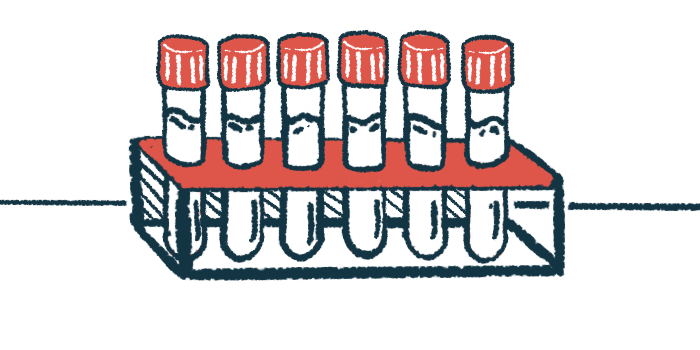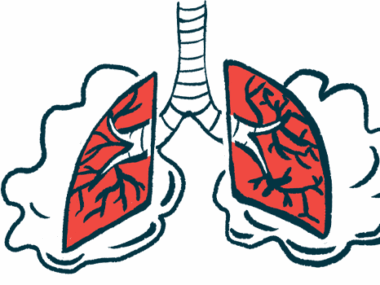TWEAK protein in urine could be biomarker of AAV disease activity
Higher levels also seen in patients with kidney problems: Study
Written by |

In adults with ANCA-associated vasculitis (AAV), the amount of TWEAK protein in urine was about 50% as high when their disease was active as after six months of treatment, making it a useful biomarker for tracking disease activity, according to a new study from Sweden.
The study further found that AAV patients with kidney problems had even higher urinary levels of the protein.
“There are as of yet no fully reliable biomarkers for evaluation of disease activity in AAV,” the researchers wrote. Based on these findings, “urinary TWEAK may thus be useful as a biomarker,” the team wrote, noting that such testing would be noninvasive.
Titled “Urinary TWEAK reflects disease activity in ANCA-associated vasculitis,” the study was published in the Clinical Kidney Journal.
In AAV, the immune system mistakenly attacks small and medium-sized blood vessels, damaging the body’s organs — especially the kidneys. More than half of patients relapse, meaning their symptoms and signs return, within five years of diagnosis.
However, monitoring disease activity is challenging because there are no simple ways to track it.
In this study, a team led by researchers at the Karolinska Institute wanted to see if a protein called TWEAK could help doctors track how active the disease is. TWEAK increases after damage to the kidneys and can trigger inflammation. In lupus, another autoimmune disease that can also damage the kidneys, its levels are linked to worse disease activity. But the researchers noted that TWEAK had “not previously been studied in AAV.”
Kidneys affected in more than half of AAV patients
To learn more, the scientists measured TWEAK in samples of blood from 74 adults with active AAV, who had a median age of 58. Measurements were taken both at the start of the study and six months later.
Samples of urine were available for 69 patients. For comparison, the study also included 20 individuals from the general population.
In slightly more than half of the patients (57%), the disease had affected the kidneys. At the start, all but seven had begun induction treatment — within a median of five days — to drive disease activity into remission. By six months, 55 or 74% were on maintenance treatment with azathioprine, mycophenolate mofetil, methotrexate, or rituximab.
The team noted a particular need for ways to test disease activity in patients whose kidneys were affected.
“Simple and noninvasive methods for assessment of kidney disease activity are lacking, rendering follow-up of these patients challenging,” the researchers wrote.
Our findings indicate a role for TWEAK in AAV and suggest that [urinary TWEAK] could be a potential noninvasive biomarker.
In urine, levels of TWEAK were adjusted by dividing by urine creatinine — a waste product that exits the body in urine — to account for differences in urine concentration between patients. This TWEAK-to-creatinine ratio was significantly higher at the start than six months later (median 7.21 vs. 4.94 nanograms/mmol).
“Our findings indicate a role for TWEAK in AAV and suggest that [urinary TWEAK] could be a potential noninvasive biomarker,” the researchers wrote. This is unlike blood TWEAK, which did not show a clear pattern in this study, the researchers noted.
Patients whose kidneys had been affected had a significantly higher TWEAK-to-creatinine ratio compared with those without manifestations of the disease in the kidneys (median 8.49 vs. 6.34 nanograms/mmol). The higher the TWEAK-to-creatinine ratio, the higher the Birmingham Vasculitis Activity Score 2003 (BVAS), a measure of how severe the disease is.
Tissue from the kidneys of two patients was examined under a microscope, using staining to show where proteins like TWEAK and its receptor — called Fn14 — were present. The researchers found clear staining for TWEAK in both glomeruli, which function as cleaning units of the kidney, and in tubules that ensure that essential substances are reabsorbed. Staining also was found in cells lining blood vessels. Staining for Fn14 was weaker, the data showed.
Overall, the researchers wrote, “we found that [urinary] TWEAK levels were higher in patients with active disease.”






